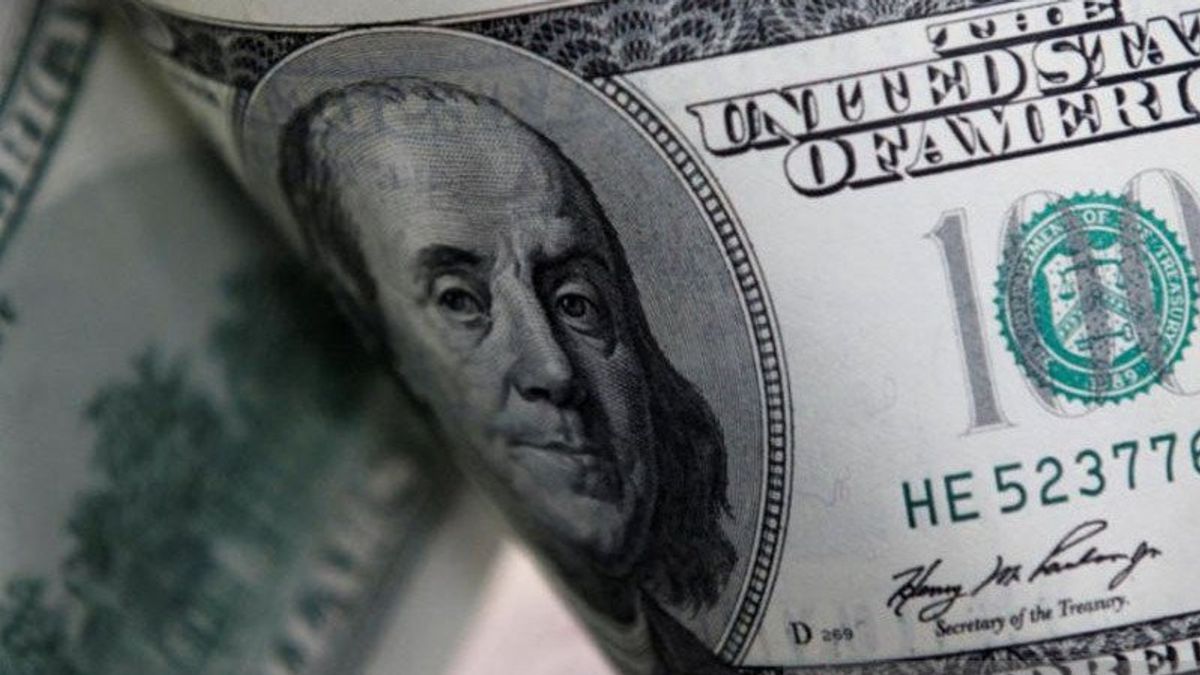JAKARTA – Bank Indonesia (BI) reported that Indonesia's external debt (ULN) in the fourth quarter of 2021 decreased to 415.1 billion US dollars, down 8.5 billion US dollars from its position in the third quarter of 2021 of 424 billion US dollars.
Meanwhile, on an annual basis, the external debt position in the fourth quarter of 2021 decreased by 2.4 billion US dollars or decreased 0.4 percent (year-on-year/yoy), after rising 3.8 percent yoy in the previous quarter.
"This development was caused by a decrease in the position of external debt in the public sector (government and central bank) and the private sector," he said as stated by the Head of the BI Communications Department Erwin Haryono on the official website on Tuesday, February 15.
According to Erwin, the government's external debt in the fourth quarter of 2021 was USD 200.2 billion, down from the position in the previous quarter of USD 205.5 billion.
The decline in external debt occurred in line with several series of Government Securities (SBN) maturing and the repayment of some of the principal loans in the fourth quarter of 2021.
In addition, volatility in global financial markets that tends to be high also has an effect on the shift of investment from government securities to other instruments, thereby reducing the share of ownership of non-resident investors in government securities.
Meanwhile, the use of government external debt is in the defense, social security, health, education, construction, and financial services and insurance sectors.
"In terms of refinancing risk, the government's external debt position is relatively safe and under control considering that almost all external debt have long-term tenors with a share of 99.9 percent," said Erwin.
Then, private external debt also decreased to 205.9 billion US dollars from the previous 209.3 billion US dollars in the third quarter of 2021.
"This development is due to the deepening contraction of external debt of non-financial corporate financial institutions," he said.
By sector, the largest private external debt comes from several sectors, including financial services, the electricity supply sector, the manufacturing sector, and mining.
This private obligation was recorded to be dominated by long-term external debt with a share of 76.4 percent of the total private external debt.
In general, Erwin said that the structure of Indonesia's external debt remained healthy, supported by the application of prudential principles in its management.
It was stated that the ratio of Indonesia's external debt to Gross Domestic Product (GDP) was maintained at around 35 percent or decreased compared to the ratio in the previous quarter of 37 percent.
"The role of external debt will also continue to be optimized in supporting development financing and encouraging national economic recovery, by minimizing risks that can affect economic stability," concluded Erwin.
The English, Chinese, Japanese, Arabic, and French versions are automatically generated by the AI. So there may still be inaccuracies in translating, please always see Indonesian as our main language. (system supported by DigitalSiber.id)













